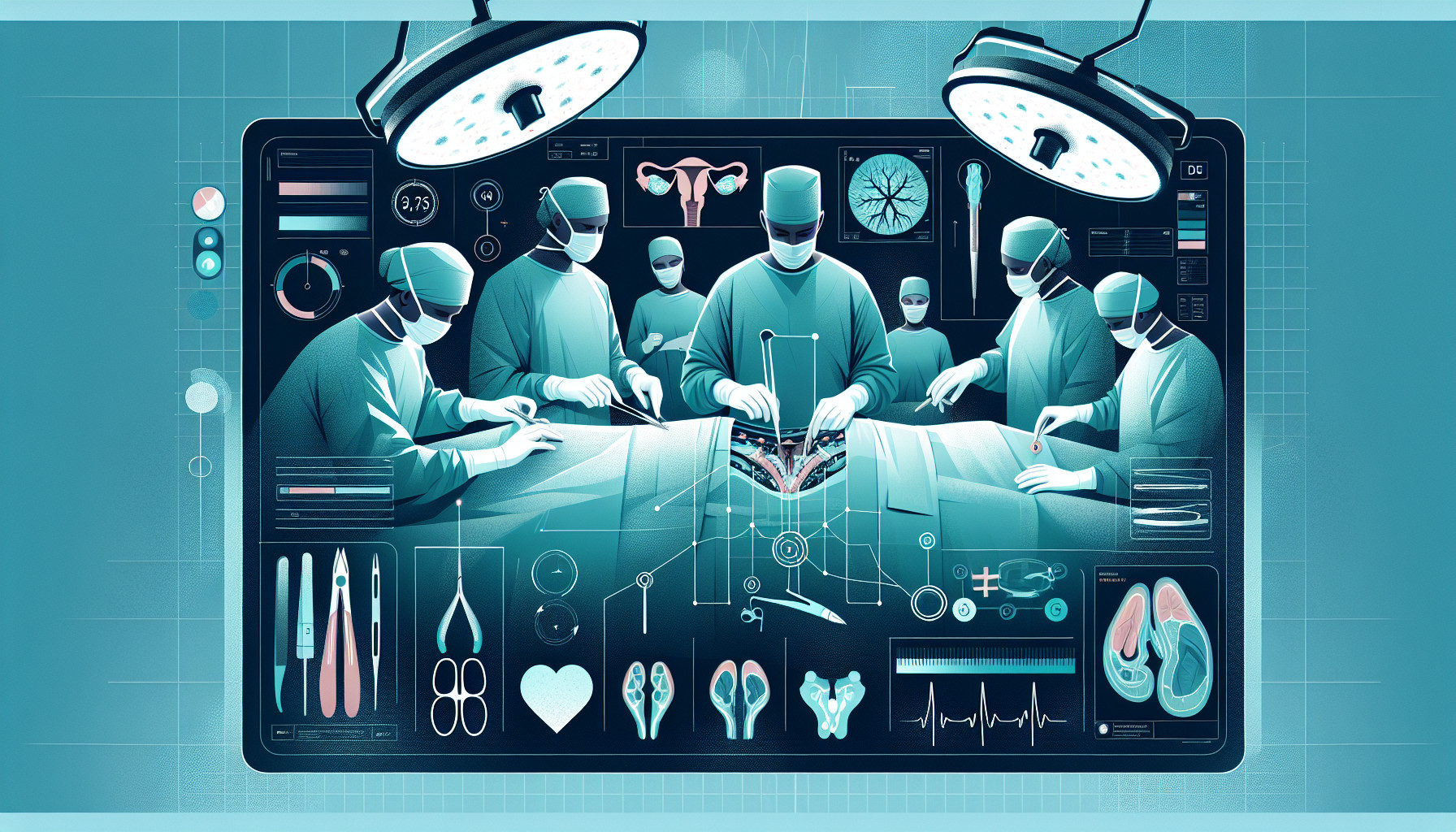Our Summary
This research paper discusses a rare case of a child with acute lymphoblastic leukemia (ALL) who relapsed 11 years after undergoing a stem cell transplant. Typically, if a relapse happens, it occurs within 2 years after the transplant, and it often results in serious illness and death. The patient’s chances of survival usually depend on intense treatment. However, in this rare case, doctors were able to treat the relapse just by focusing on the area where the cancer returned, which was in the testicles. The researchers also looked at other similar, uncommon cases of very late relapse of ALL following a stem cell transplant.
FAQs
- What is the typical prognosis for individuals who relapse after stem cell transplantation (SCT) for childhood acute lymphoblastic leukemia (ALL)?
- How long after SCT do the majority of relapses occur in ALL patients?
- What treatment was used for the case of an isolated testicular relapse of ALL 11 years after SCT?
Doctor’s Tip
One helpful tip a doctor might tell a patient about testicular surgery is to closely follow post-operative care instructions to ensure proper healing and minimize the risk of complications. This may include keeping the surgical area clean and dry, avoiding strenuous activities that could strain the area, and taking any prescribed medications as directed. It is important to communicate any concerns or unusual symptoms to your healthcare provider promptly.
Suitable For
Patients who are typically recommended testicular surgery include those with testicular cancer, testicular torsion, testicular trauma, testicular cysts, testicular abscess, testicular tumors, varicocele, and other conditions affecting the testicles.
Timeline
Before testicular surgery:
- Patient may experience symptoms such as testicular pain, swelling, or a lump in the testicle.
- Patient undergoes physical examination and diagnostic tests such as ultrasound to confirm the presence of a testicular tumor.
- Patient consults with a urologist or oncologist to discuss treatment options, including surgery.
After testicular surgery:
- Patient undergoes surgery to remove the testicular tumor, which may involve a partial orchiectomy (removal of a portion of the testicle) or radical orchiectomy (removal of the entire testicle).
- Patient may experience pain, swelling, and discomfort following surgery, which can be managed with medication.
- Pathology report confirms the presence of cancer cells in the testicular tumor and guides further treatment decisions.
- Patient may undergo additional treatments such as chemotherapy or radiation therapy to prevent recurrence or spread of the cancer.
- Patient undergoes regular follow-up appointments and monitoring to assess for any signs of recurrence or complications.
What to Ask Your Doctor
- What are the risks and benefits of testicular surgery in my case?
- What is the likelihood of the cancer returning after the surgery?
- Will I need any additional treatments after the surgery?
- What is the recovery process like after testicular surgery?
- Are there any potential long-term side effects of the surgery?
- How will the surgery affect my fertility?
- Are there any alternative treatment options to consider?
- What is the success rate of testicular surgery for cases like mine?
- How often will I need follow-up appointments and monitoring after the surgery?
- Are there any lifestyle changes or precautions I should take after the surgery to prevent a recurrence?
Reference
Authors: Singh R, Mills JT, Petersen WC Jr, Corbett ST. Journal: Urology. 2016 Jan;87:202-4. doi: 10.1016/j.urology.2015.10.007. Epub 2015 Oct 26. PMID: 26514976
